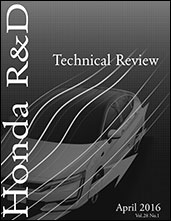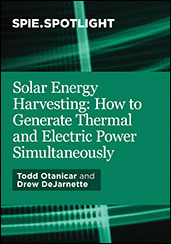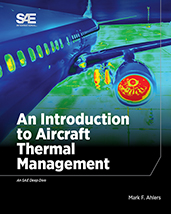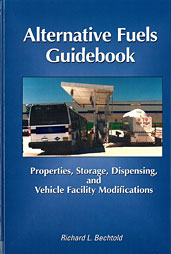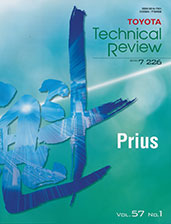Book
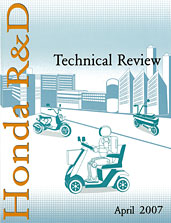
Honda R&D Technical Review: April 2007
2007-04-01
This unique publication chronicles the top Honda technical developments from October 2006 through March 2007. The 27 papers included give rare insight into the Honda's worldwide R&D team, and cover automotive, motorcycle, power products, and other fundamental technologies. Full-color diagrams complement the text. Title highlights include: Development of 1.8L Flexible Fuel Vehicle System for 2007 Model Year CIVIC for Brazil Hydraulic Control Technologies with Robust Stability and Performance for CVT Start Clutch Development of New BF90 Outboard Motor Research on Extended Expansion General-Purpose Engine (Part 2)- Heat Release and Brake Performance Thermal Management of Air-cooled Motorcycle Engines Using Forced Oil-cooling System Motorcycle Dynamic Simulation Model Incorporating Actual Rider Behavior Data This publication is available in both print and electronic format. The electronic format is also conveniently available for purchase in individual chapters.
